Well this post will be up just in time for cherry season to be over :(. Cherry season typically starts near the end of May and goes through late June/early July. But better late than never! Jennifer Tyler Lee suggests that folks dehydrate them, making “Sour Cherry Blasters” or make them into a cherry compote to accompany vanilla ice cream. Cherries are not one of my favorite fruits, but I will enjoy them raw. While I do think they are tasty, I just like other stone fruit better.
Food Facts:
- Sour (tart) cherry juice can be used to help improve sleep and has been shown to reduce the risk for heart disease and and diabetes.
- Cherries are a good source of vitamins A and C, potassium, copper, and manganese.
- Good source of fiber.
- Both sour and sweet cherries have been shown to reduce inflammation.
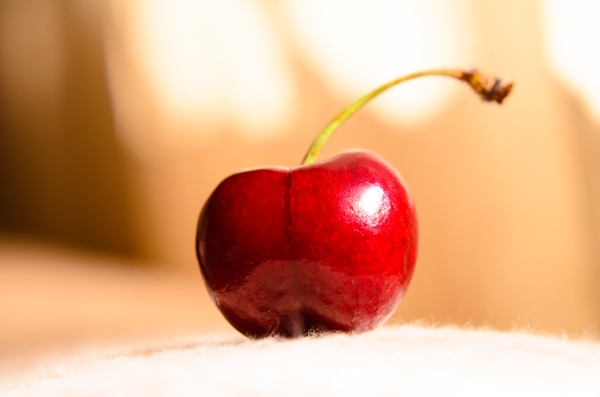
- Cherries have also been reported to reduce Gout attacks.
- Sour cherries are lower in calories than sweet cherries.
- They are a rich source of flavonoids, especially anthocyanidins and proanthocyanidins.
- Cherries were one of the first fruits to be brought to the “new world”.
- One study found that runners that drank Montmorency cherry juice (one glass before the race and one glass during the race) were less sore afterwards because of the ability of the cherries to help with muscle recovery.
- Fresh cherries are firm, shiny, and lack dents, pits, or bruises. They also have bright green stems. The fresher the cherry, the more nutrients!
- Store cherries in the fridge and eat them quickly!
From The 52 New Foods Challenge: A Family Cooking Adventure for Each Week of the Year, with 150 Recipes by Jennifer Tyler Lee, Encyclopedia of Healing Foods
by Michael Murry, Joseph Pizzorno, and Lara Pizzorno, Superfoods: The Healthiest Foods on the Planet
by Tonia Reinhard, and Eating on the Wild Side: The Missing Link to Optimum Health
by Jo Robinson.
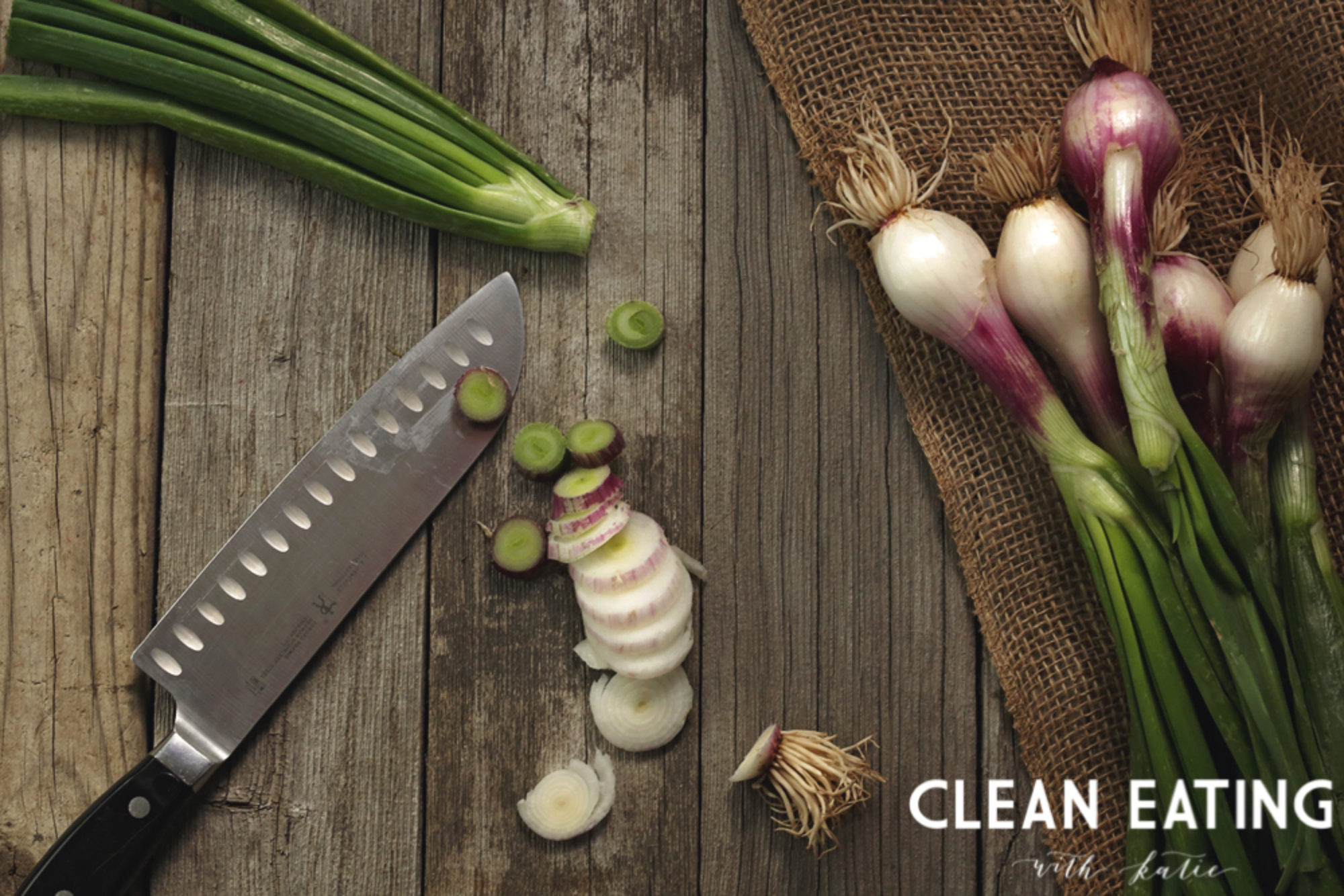

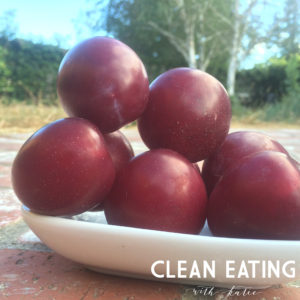 I have very fond childhood memories of eating all the fruit growing up. My grandfather grew up on a farm in Lake Huron, MI. When the Essenmacher clan moved to California, he set up a bountiful backyard garden. Among the many things that he grew were plums. The plum tree was nestled next to my childhood swing set. I still love plums to this day and I’ll give my grandparents all the credit for my fruit addiction.
I have very fond childhood memories of eating all the fruit growing up. My grandfather grew up on a farm in Lake Huron, MI. When the Essenmacher clan moved to California, he set up a bountiful backyard garden. Among the many things that he grew were plums. The plum tree was nestled next to my childhood swing set. I still love plums to this day and I’ll give my grandparents all the credit for my fruit addiction.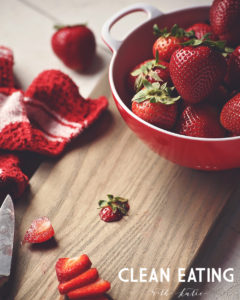
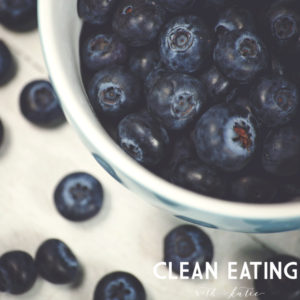 Blueberries have a shelf life of about two weeks – freeze whatever you can’t eat. Frozen berries are almost as nutritious as fresh berries. Ideally they are “flash frozen”.
Blueberries have a shelf life of about two weeks – freeze whatever you can’t eat. Frozen berries are almost as nutritious as fresh berries. Ideally they are “flash frozen”. Frozen peas are 25% less nutritious than fresh peas and canned peas are 50% less nutritious than fresh peas. Opt for fresh or growing them yourself.
Frozen peas are 25% less nutritious than fresh peas and canned peas are 50% less nutritious than fresh peas. Opt for fresh or growing them yourself.
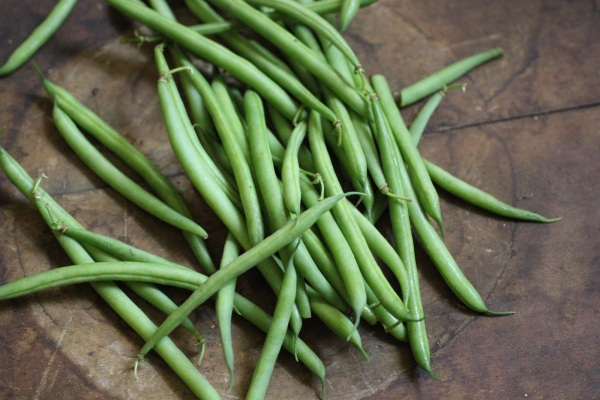
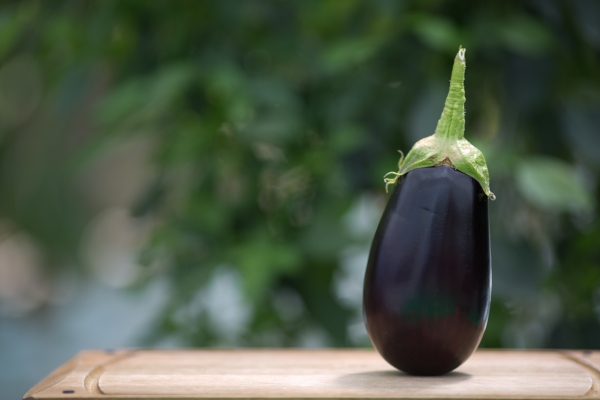
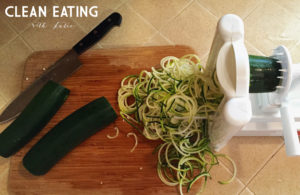 high water content (81%)
high water content (81%)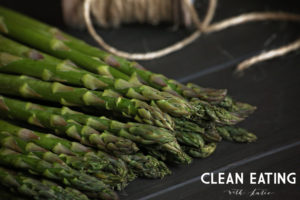 Food Facts:
Food Facts: